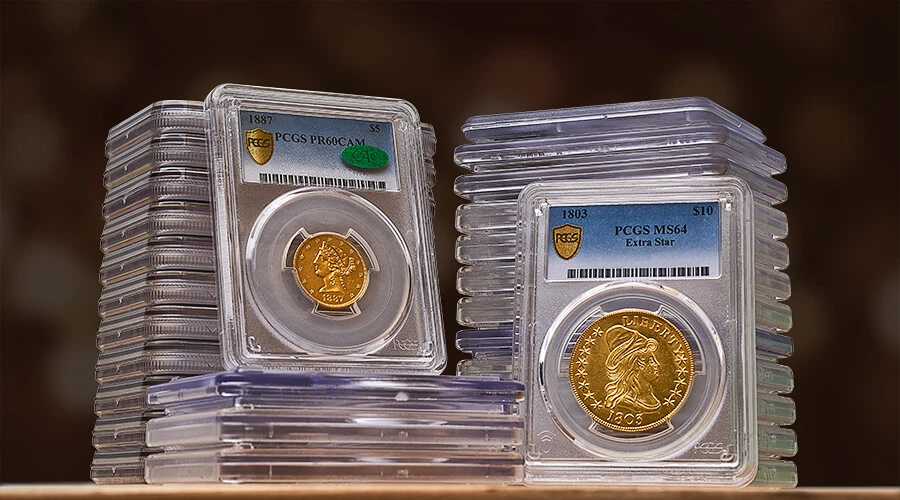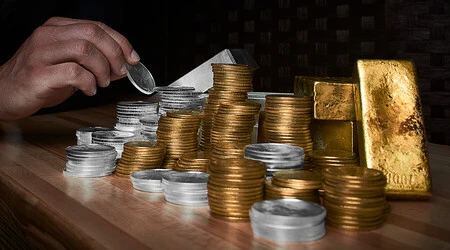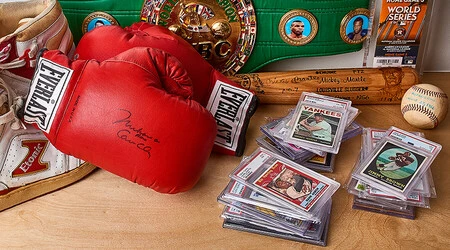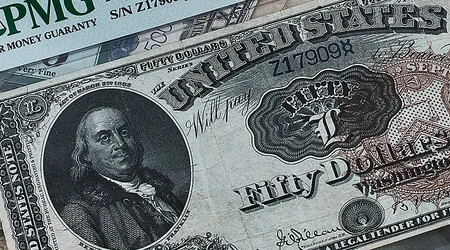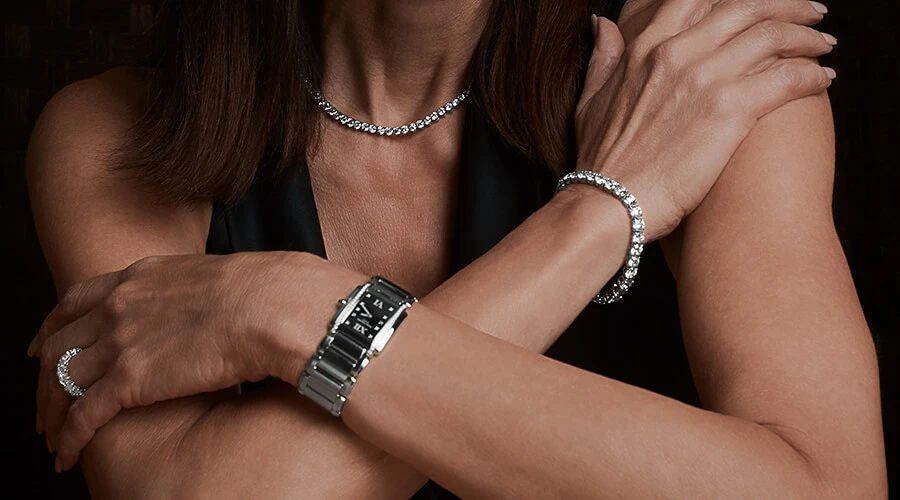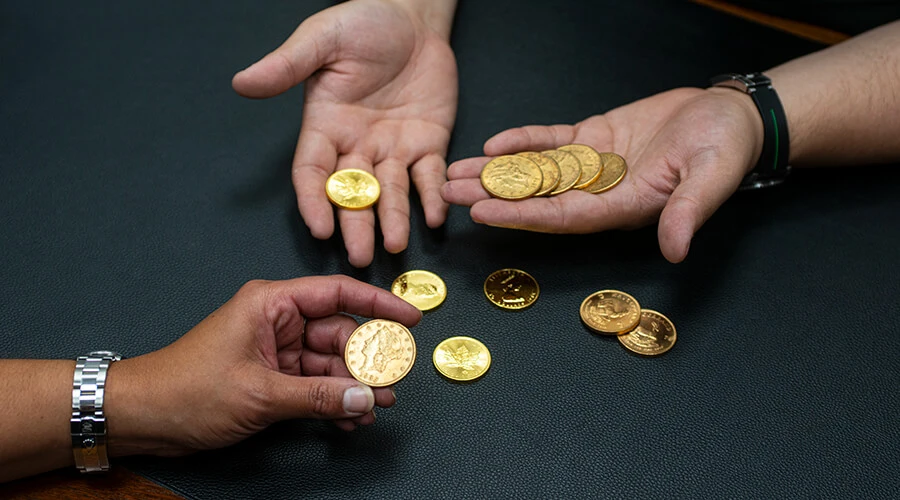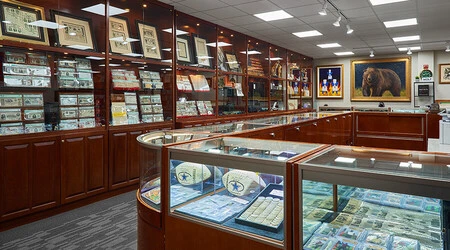Broadly defined, a wide variety of coins fall into the category of pattern coins, experimental and trial pieces. Patterns, narrowly defined, are design concepts that should logically have been considered, were considered but never adopted for regular coinage, or not yet adopted when the respective patterns were made. In fact, many patterns never made it beyond the Mint’s doors and were often destroyed. That being said, of all the pattern coins, the Shield Earring patterns are considered among the most beautiful, artistically appealing and coveted of all pattern coins from the late 19th century.
Rare coin collectors and pattern specialists generally consider the 1872 Amazonian, the 1879 Schoolgirl, and the 1882 Shield Earring designs to be the most beautiful, but of the three the Shield Earring is the rarest overall.
Currently known, nine examples of the silver Shield Earring quarter exist, although it is speculated that some of the pieces may be duplicates and several others are untraceable today.
This pattern coin was nicknamed the "Shield Earring" because of the Union shield earring in Liberty’s ear, this was one of the few times that Liberty ever wore an earring on a United States coin. The designer, George T. Morgan who also created the Morgan Dollar, used this same design on pattern Dollars and Half Dollars in 1882. Versions of each were made in silver and copper. All are rare, but fewer of the silver versions were made.
George T. Morgan, born in Birmingham, England, in 1845, came to the United States from England in 1876 and was hired as an assistant engraver at the Mint in October of that year. He figured very prominently in the production of pattern coins from 1877 onward. To his hand can be ascribed some of the most beautiful of all patterns of the 1877-1882 era, including several varieties of 1877 half dollars, the 1879 "Schoolgirl" dollar, and the 1882 "Shield Earring" coins.
The Shield Earring depicts a youthful Liberty facing right on the obverse. She is wearing a band compressing the back portion of her hair and holding it tightly to her head, on the band is the inscription LIBERTY. The eponymous Shield Earring is seen dangling from her ear in the coin’s center, with stars six left, seven right, and the date of 1882 at the base. On the reverse a perched, defiant eagle occupies the center, clutching an olive branch and arrows. The reverse design is reminiscent of the Flying Eagle Cent obverse and the Gobrecht dollar reverse, although the eagle faces right. UNITED STATES OF AMERICA and QUARTER DOLLAR are the peripheral legends. Struck in silver with a reeded edge.
The Shield Earring is one of Morgan’s most popular pattern designs and is highly sought after by pattern collectors. It is among the most popular designs in U.S. patterns, along with other notables such as the "Washlady" and "Amazonian" designs. The surfaces are bright red with occasional violet highlights, and light hairlines are present in the fields. There also exist Shield Earring half dollar and silver dollar patterns, with almost the exact same designs as that of the quarter. Shield Earring pieces are among the most famous of all U.S. patterns and the offering of just one can be the highlight of any coin auction.
The design of Shield Earring patterns is extremely unusual in that the shield artistically appears as an earring that Miss Liberty is wearing. Certainly, this was a novel and intriguing way of incorporating the shield into the design. A complete set of Shield Earring patterns would comprise of six pieces. Quarter dollar, half dollar, and silver dollar denominations were struck in silver and in copper.
The exact purposes of the copper pieces are not entirely known by researchers now, though there are three likely reasons for copper patterns of silver denominations. The first was to test or align dies, or to see how a proposed pair of designs appear in coin form before using silver (which was extremely costly). The second reason was to produce pieces exclusively for collectors, some of whom very much like copper patterns of silver denominations. However, the third reason, which is perhaps the most logical, stems from the reality that there was a limit to the amount of silver that would or could be used for each particular type or group of patterns (or for patterns in general) during a given time period.
Large quantities of silver were never allocated for pattern production. Those producing Shield Earring patterns probably wished to make more than the maximum number that they could mint in silver, so they made them in copper as well. Silver and copper pieces could have been handed to influential people, who might have had an effect, directly or indirectly, on coinage legislation. A Treasury Department official or a member of a U.S. Senator’s staff, for example, may have viewed a quarter pattern in copper and imagined how the same design would appear in silver. Generally, as copper was (and still is) so much less expensive than silver, U.S. Mint officials conserved resources by minting some pieces in copper rather than producing all patterns of silver denominations in silver. By the way, you may not know that pattern coins were often distributed for free. Today, having one of these rare coins in your collection is the stuff Numismatic dreams are made of.
BUY RARE COINS AT U.S. COINS AND JEWELRY












